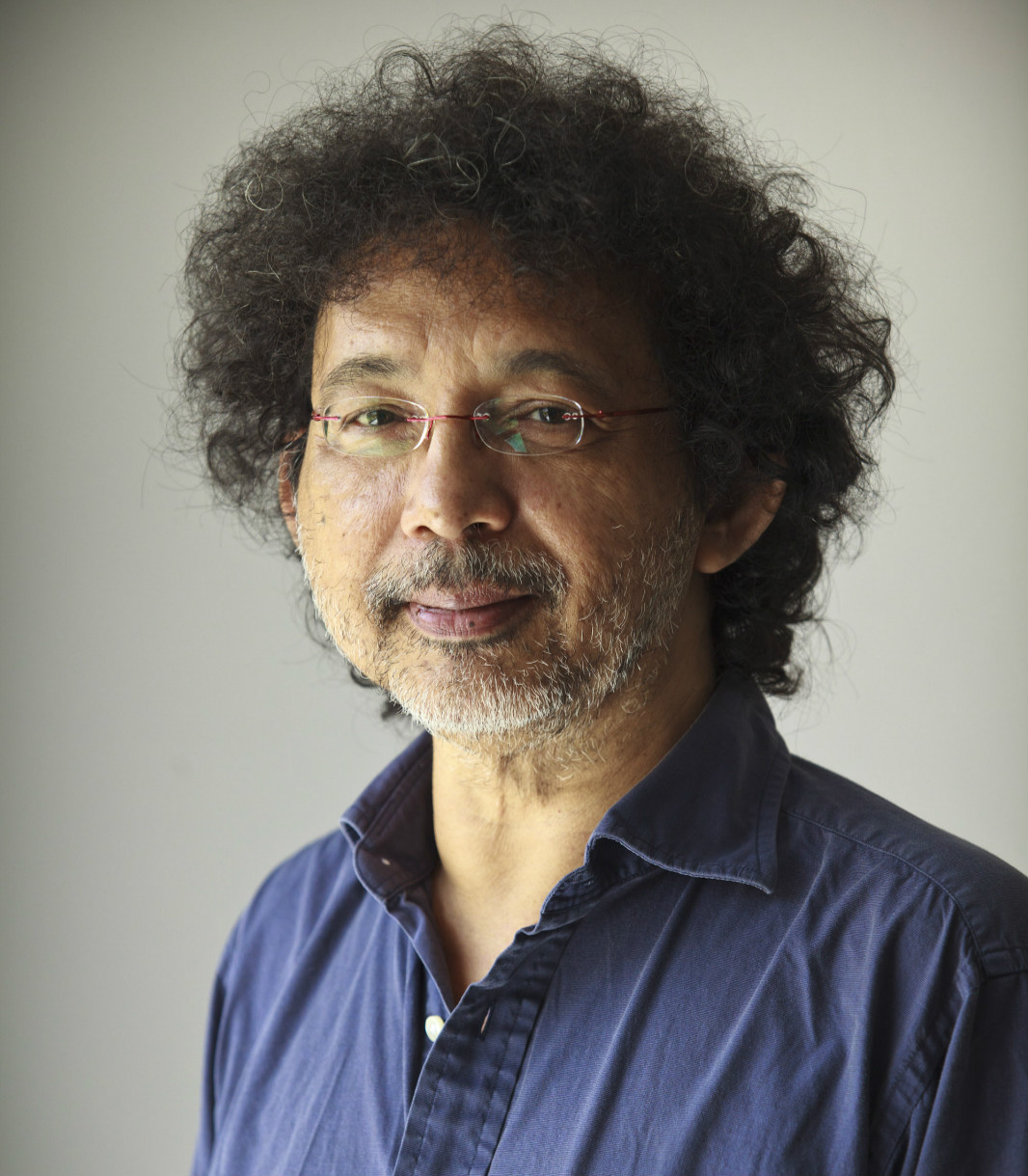| Biography | |
|---|---|
 Prof. Harith Ahmad University Malaya, Malaysia |
|
| Title: Mode-Locking and Four-Wave Mixing with Enablers using Low-Dimensional Materials | |
| Abstract: In this presentation, a brief overview will be given of low-dimensional materials, their history, and present status. Although low-dimensional materials have changed the development of devices from energy storage, solar cells, batteries, and flexible devices, the main interest will be photonics applications. Photonics is an important area currently, especially with the announcement of the “International Year of Light” in 2015 by the United Nations Educational, Scientific and Cultural Organization (UNESCO). Light has changed the life of mankind, especially with the advancement of lasers and optical fibre supporting the existing optical network and 5G communication. In this keynote, the generation of short pulse which has tremendous application in industry and medical sciences will be highlighted. The basic idea of how the low-dimensional materials enable the generation of short pulses in the wavelength range covering from 1.0 μm, 1.5 μm, and 2.0 μm will be discussed. On top of this, another interesting application like four-wave mixing will also be presented. In this aspect, the discussion will be focusing on how the low-dimensional materials improved the generation and efficiency of four-wave mixing. The nonlinear phenomena of four-wave mixing will open new opportunities in the future development of novel devices that can benefit mankind. | |
| Biography: Professor Datuk Dr Harith Ahmad FASc obtained his degree in BSc (Physics) with First Class Honors from the University of Malaya in 1979, and subsequently his MSc and PhD from the University of Wales in 1980 and 1983 respectively. He began his academic career upon returning from the University of Wales in 1983 to the Department of Physics, University of Malaya, and immediately begin working on initiating and growing the study of fiber lasers in Malaysia. His task was arduous, as at the time this field of study was virtually non-existent in Malaysia, or anywhere in that region for that matter. Despite this, he persevered and not only built up from scratch the facilities at the University of Malaya, but also made aware the government of Malaysia on the importance of photonics as a tool for future development. Through his determination and drive, he almost single-handedly built up the field of photonics in Malaysia and the region into a critical research topic, with many active researchers, scientists and students throughout Malaysia, the ASEAN region and the Middle East. He is recognized as the ‘Father’ of photonics in Malaysia, and globally as a leader in fiber laser and saturable absorbers research, as per his Scival ratings. He is currently the director of the Photonics Research Centre of the University of Malaya, a Higher Education Centre of Excellence (HiCOE) under the purview of the Ministry of Education, Malaysia (MOE). Professor Dr. Harith Ahmad’s contribution to the development of photonics in Malaysia has been recognized with multiple awards, including as a Fellow of Akademi Sains Malaysia in 2006, Malaysia-Toray Science Foundation Award in 2007, Merdeka Award for Scholastic Achievement in 2010 and ASEAN Outstanding Scientist and Technology Award in 2014. Furthermore, in 2014, he was awarded the Distinguished Professor Award from the Ministry of Education. He initiated the study of fiber lasers in Malaysia, which was virtually non-existent in Malaysia, or anywhere in that region for that matter. He built up from scratch the facilities at the University of Malaya, and also made the government of Malaysia aware on the importance of photonics as a tool for future development. He is still very active in photonics research and is leading research at the Photonics Research Centre of the University of Malaya into the exploration of new 2- and 3- dimensional materials that have hitherto undiscovered optical properties. He has also led the development of new sensor technologies with significantly improved resolutions and response times. This includes the fabrication of FBGs as well as microfibers that can serve as sensors, with novel designs that can withstand very high temperatures exceeding 500oC and also for the monitoring of buildings in earthquake regions. He is also actively studying microfibers, which have applications as frequency mixers, very sensitive current sensors as well as to monitor water quality. His work has been published in more than 900 articles in numerous ISI ranked research journals, and he is recognized globally as a leader in fiber laser and saturable absorbers research, as per his Scival ratings. In addition to academic research, Professor Dr. Harith Ahmad also focuses heavily on translating research outputs to the market via commercialization. His work has seen the development of planar lightwave circuit technology, and has successfully developed 1x8, 1x16 and 1x32 optical splitters that have been used in fiber-to-the-home or FTTH networks. Additionally, the sensor systems developed by him have seen numerous real-world and industrial applications and deployments. The Photonics Research Center, under his guidance, also provides numerous technical services including calibrations and consultancies, as well as regular training programs for industrial users. In this manner, he has contributed significantly to the development of optical fiber related devices on a global scale through citations, publications and IP development, and has made Malaysia a center for photonics research, training and commercialization in the region. On top of this, the center has become a reference point to many other countries, especially Indonesia, and also influenced the work and transfer of knowledge through PhD guidance to students from the Middle East, Iran and Asia. | |
